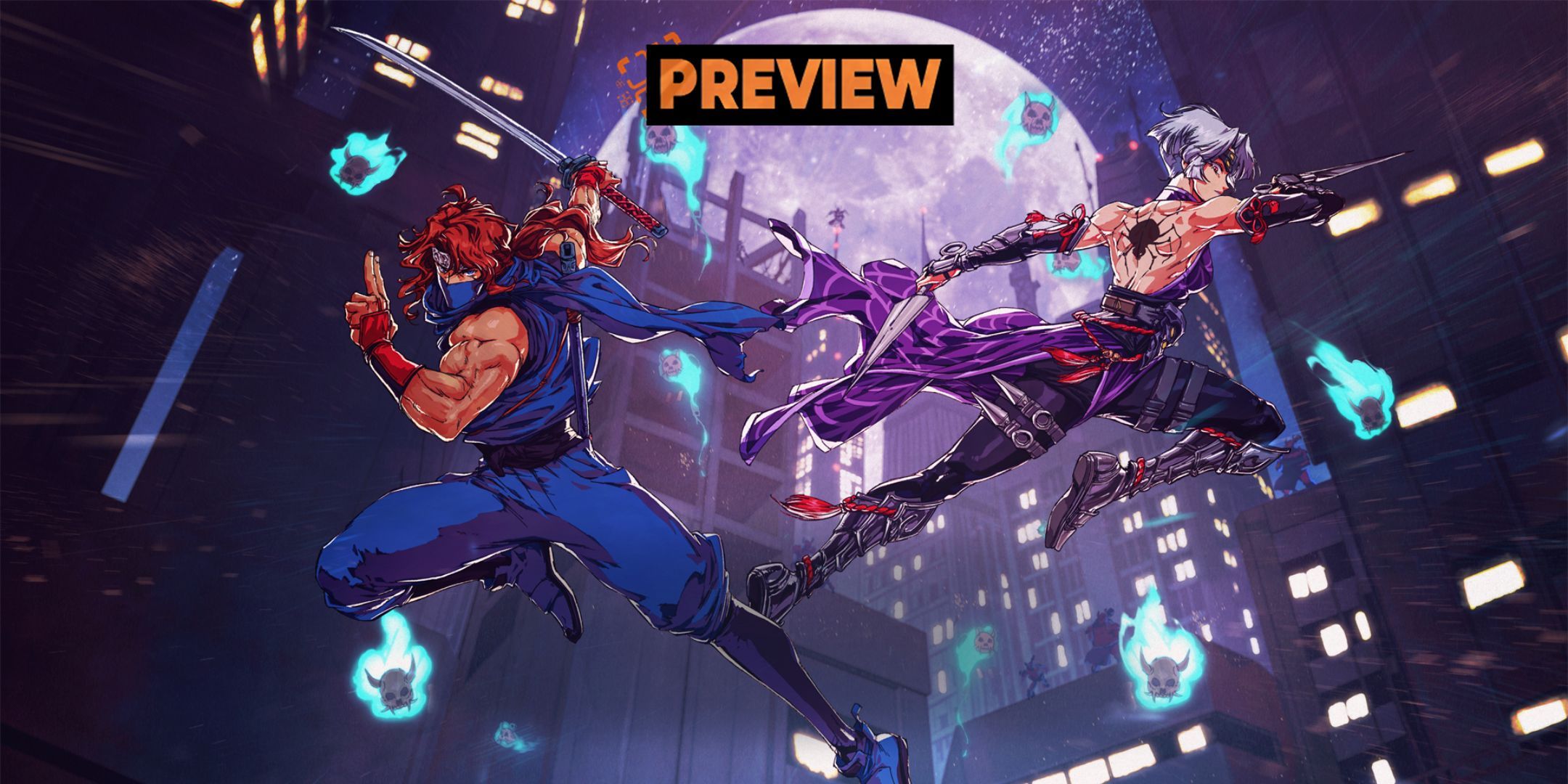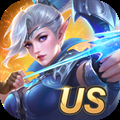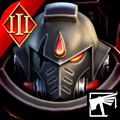Ninja Gaiden: Ragebound Preview - More Than Just An Appetizer For Ninja Gaiden 4

Like every starving character action fan, Xbox’s reveal earlier this year that Ryu Hayabusa is finally shaking off his 13-year-long slumber and returning for Ninja Gaiden 4 sent me into an absolute frenzy. Ever since Ninja Gaiden 2 (which also received an excellent remake this year), the series has been my favourite of the genre, so finally seeing my number one ninja return after so long made for a scream-worthy announcement that led me to replay all of the 3D entries.
As exciting as it was to see Ninja Gaiden 4 after more than a decade of waiting, it wasn’t the first sign of life from the series that we’ve had in the past year. That honour goes to Ninja Gaiden: Ragebound, a stylish 2D side-scroller from Dotemu and The Game Kitchen that was announced just months before the big mainline title gave Ninja Gaiden fans’ collective attention spans an almighty Izuna Drop and overshadowed the indie that gave us all hope.
RelatedAfter Ninja Gaiden 2, We Need A Remake Of Ninja Gaiden Black
Ninja Gaiden Black still holds up, but it could benefit greatly from some small tweaks and a fresh new look.
PostsWith so many eyes on the potentially polarising fourth game and its big change in direction, I wouldn’t blame you for thinking of Ragebound as a smaller appetizer for the series’ grand return. The 3D diehard in me saw it that way at first too, but after playing more than an hour and seeing what it's all about, Ragebound has quickly become more interesting to me than even the return of Ryu I’ve spent half my life waiting for.
Kenji Is Already A More Interesting Protagonist Than Ryu
The game’s prologue features Ryu’s father, Jo Hayabusa, as he battles through a forest and towards his assumed death in the original game. That injection of NES nostalgia was enough to clue me into where Ragebound takes place in the canon, but it doesn’t really matter since Ryu himself isn’t the focus of the story, and it could feasibly be put anywhere on the timeline.
Instead, we play as Kenji Mozu, Ryu’s confident ninja apprentice looking for “inner peace”, who showed more personality within ten minutes of Ragebound than I’ve seen from the Izuna Dropper in all his 3D games. While I initially huffed at Ryu being shoved aside after waiting so long to see him return, Kenji seems like a charismatic breath of fresh air for the series. At the same time, Ryu still leaves an early impact by appearing as a nigh-unbeatable force of nature during the game’s tutorial.
Framed as a routine training exercise between the two ninjas that’s reminiscent of the original games, the tutorial introduces Ragebound’s incredibly tight platforming and fast-paced slashing combat. However, some unique twists make it feel like a modern evolution instead of just a gorgeous-looking revival.
You also get the chance to fight Ryu at the end of the training session, but good luck beating him since he throws out Flying Swallows like no one’s business. The game’s director confirmed it’s possible, though!
Guillotine Boost Is Kenji's Izuna Drop And Ragebound's Star
Kenji can slash and lunge with his katana, dodge roll, throw projectiles, climb, and pretty much do everything else you’d expect from a side-scrolling ninja, but Ragebound has two main mechanics that stand out. The first is the Guillotine Boost, a mid-air spin that can be used to bounce off enemies, projectiles, and objects for a second jump, which feels similarly satisfying to Scrooge’s cane in Ducktales.
Guillotine Boost quickly emerges as one of Ragebound’s most important manoeuvres, and one that’s only matched by Hypercharge. This mechanic is charged by hitting glowing enemies with specific move types, and once its bar is full, your next attack becomes even more powerful and capable of taking most enemies down in one hit.
That may sound simple, but knowing when to use Hypercharge is a key part of both combat and platforming, and it becomes rhythmic as you chain attacks, use Guillotine Boost to dodge anything coming your way, then rinse and repeat. It can be a bit overwhelming at first, especially since Ragebound is as tough as its mainline cousin, but once you figure it out, it’s immensely satisfying and makes you feel as powerful as you’d hope from playing Ninja Gaiden.
Ragebound also features the Ninja Gaiden staples you’d expect, including the return of Golden Scarabs and Crystal Skulls. These seem to be used for a shop that we sadly didn’t get access to in the preview.
Ragebound's Big Twist Shines A Light On A Notorious Enemy
Ragebound’s first level, through a yet-again burning Hayabusa village, gave me plenty of time to get used to these mechanics and feel like a master ninja (I’m not; I only got a B rank), but it turned out that I was barely scratching the surface. For the next part of my preview, I was put a bit further into the game, where Kenji has teamed up with Ragebound’s surprise secondary protagonist Kumori, a warrior from the infamous Black Spider Clan.
For reasons we’ll have to wait to find out, Kenji and Kumori end up fusing, which gives our leading ninja a whole new suite of powers and a constant, begrudging companion throughout his journey. This twist offers Ragebound a way to explore the relationship between the sworn enemies, and is surprisingly well-written for a Ninja Gaiden game.
Anyone who has played the series before will admit that the story is undeniably its weakest aspect, but Kenji and Kumori’s forced partnership has the potential to be the most compelling in Ninja Gaiden history. I only saw a few brief glimpses since I was whisked around multiple levels without too much context, but what I did see has me very interested in the fate of both characters, something I wasn’t expecting. I guess it’s just Ryu who can’t have a meaningful plot.
Kumori Has Great Abilities, But Feels A Little Limited So Far
Kumori’s introduction also has an impact on how Ragebound plays. Once the two have fused, Kenji gains a new projectile move from Kumori that alters how Hypercharge works. Now, instead of just using melee attacks, enemies glow either blue or pink and have to be taken out with the respective attack type to build the bar up. It’s a small change that adds even more rhythm to the general combat.
Kenji can also give control over to Kumori for brief segments where she communes with a demon door of some kind, which leads to her being playable for a timed platforming challenge where she must reach the end to unlock another door. These sections sadly weren’t as interesting as Kumori herself and the abilities she lends Kenji in normal gameplay, but they do at least add a bit of variety and are likely to get more complicated as they go.
You do at least get full control of Kumori's projectile-focused gameplay during these sections - I just wish they weren't on a timer.
Everything I played has me confident in it being a successful melding of classic and modern Ninja Gaiden that understands what makes the series tick, and its unique story setup and surprisingly rhythmic inspirations have me somehow more excited for it than Ninja Gaiden 4. Really, though, the more Ninja Gaiden, the better, and Ragebound more than offers that.
5 Images 5 Images Close Like Follow FollowedNinja Gaiden: Ragebound
Platformer Action Adventure Systems Released July 31, 2025 Developer(s) The Game Kitchen Publisher(s) Dotemu Franchise Ninja Gaiden Number of Players Single-playerWHERE TO PLAY
DIGITALAbsolum Devs On Its First Original IP, Creating The Rogue ‘Em Up Genre, And Being Inspired By Golden Axe
The teams at Dotemu and Supamonks walk us through the development behind the newly revealed roguelike beat 'em up, Absolum.
Posts












